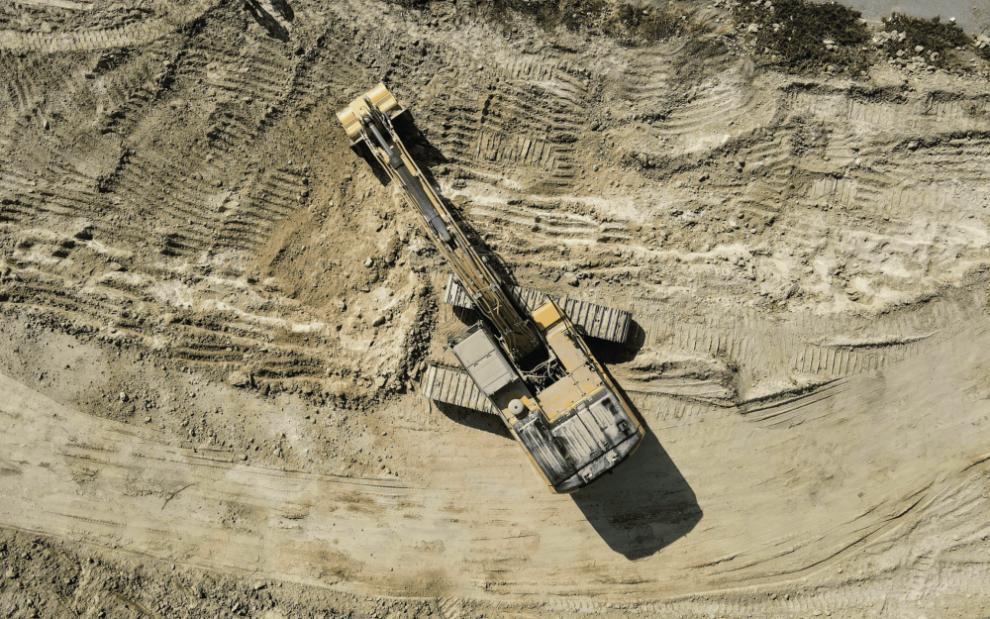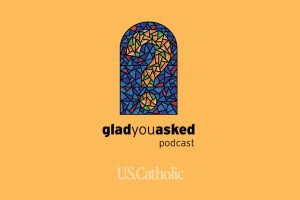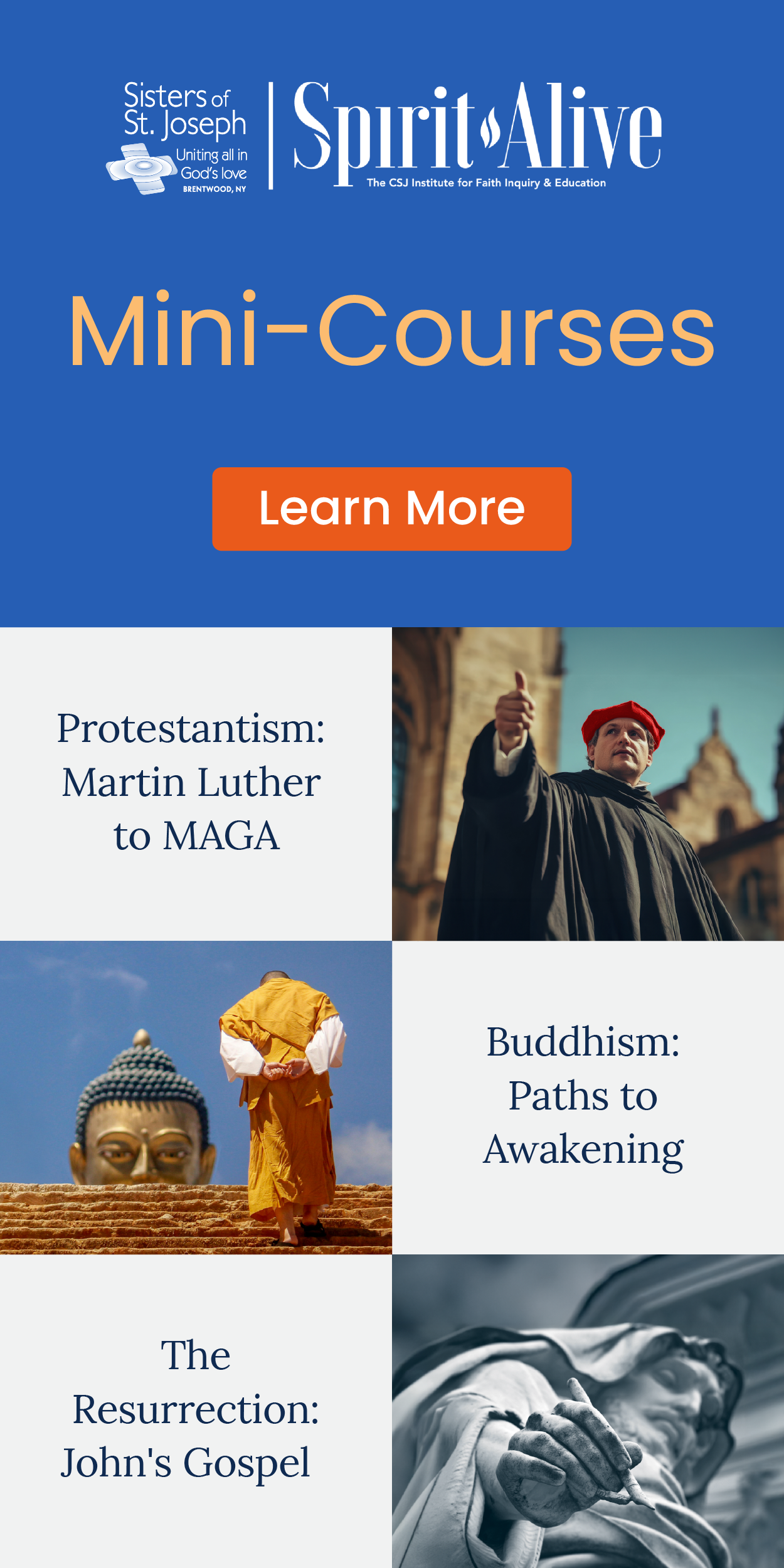Across the plateaus, south of the county seat, a monster power shovel the height of a 20-story building loomed on the horizon. Its name was the Silver Spade, and it was one of several giant shovels used for strip mining in my region in the latter half of the 20th century. As a kid I always got a thrill when we drove that way and I saw it in the distance.
All the monster shovels had names: the Mountaineer, Big Brutus, the GEM of Egypt, the Captain. Biggest of all was Big Muskie the dragline excavator, the largest single-bucket digging machine ever made. Its scoop was big enough to hold a house.
The Silver Spade broke down in 2006 and was scrapped soon after. That was the end of the giant mining machines, but their legacy remains in the devastated earth. Some areas were reclaimed, but much of the land remains a wilderness of high walls, canyons, and spoil banks. I grew up hating the coal companies for what they did to the land, even as I enjoyed exploring the wild mining areas. And I remain fascinated by the big shovels.
A few months ago, my family stopped at the Miners’ Memorial Park, where Big Muskie’s bucket has its resting place. After we paid our respects to the last relic of the mightiest earth-mover ever, I asked myself: Why do I love the monsters that ate my land?
It might be partially because they have names. We like to personify things, and morally I prefer to err on the side of thinking of things as persons. Ten years ago, I would have argued that robots bear God’s image, as they reflect the image of God in human beings.
Now, in the age of AI, I’m reconsidering. Machines are not living things, and it can be dangerous to think otherwise. If I’ve personified the Silver Spade and Big Muskie, that says more about me than about them.
My bizarre affection for the big shovels reminds me of a movie my kids enjoyed when they were little. The Iron Giant, based on a novel by Ted Hughes, is the tale of a lonely boy who befriends a giant robot from outer space. Although the Iron Giant was designed as a weapon, the boy tells him, “You don’t have to be a gun.” And at a crucial moment, the giant chooses to sacrifice himself to save his friend.
Director Brad Bird was inspired to turn Hughes’ story into a film after his sister was murdered. His pitch to the studio was: “What if a gun had a soul and didn’t want to be a gun?”
After every mass shooting, many Americans argue that the problem isn’t guns, it’s people. And in a way, they’re right: Guns don’t choose to murder—people do. Humans make machines and use them for destruction.
The title of this column is The Examined Life, and part of examining one’s life means examining one’s loves. I may say I “love” the giant stripping shovels, but that’s hyperbole. I have an affection for them. I see in them the poignancy of our region’s history and a dumb lumbering innocence that is lacking in the people who got rich off the destruction they meted out. The Silver Spade didn’t ask to destroy the land. At the same time, we don’t owe the Silver Spade our protection. It might be the end of an era, but it’s not a moral tragedy when a giant machine is dismantled.
The scripture verse about “beating swords into ploughshares” reminds us that we have choices about the things we make and how we use them. Do we make machines for destruction or for healing? Do our systems lift the vulnerable or help the oppressor? What do we love more, our guns or our children? Wealth or the Earth?
Unlike machines, we can decide what we love and protect. We don’t have to be a gun.
This article also appears in the November 2025 issue of U.S. Catholic (Vol. 90, No. 11, page 9). Click here to subscribe to the magazine.














Add comment